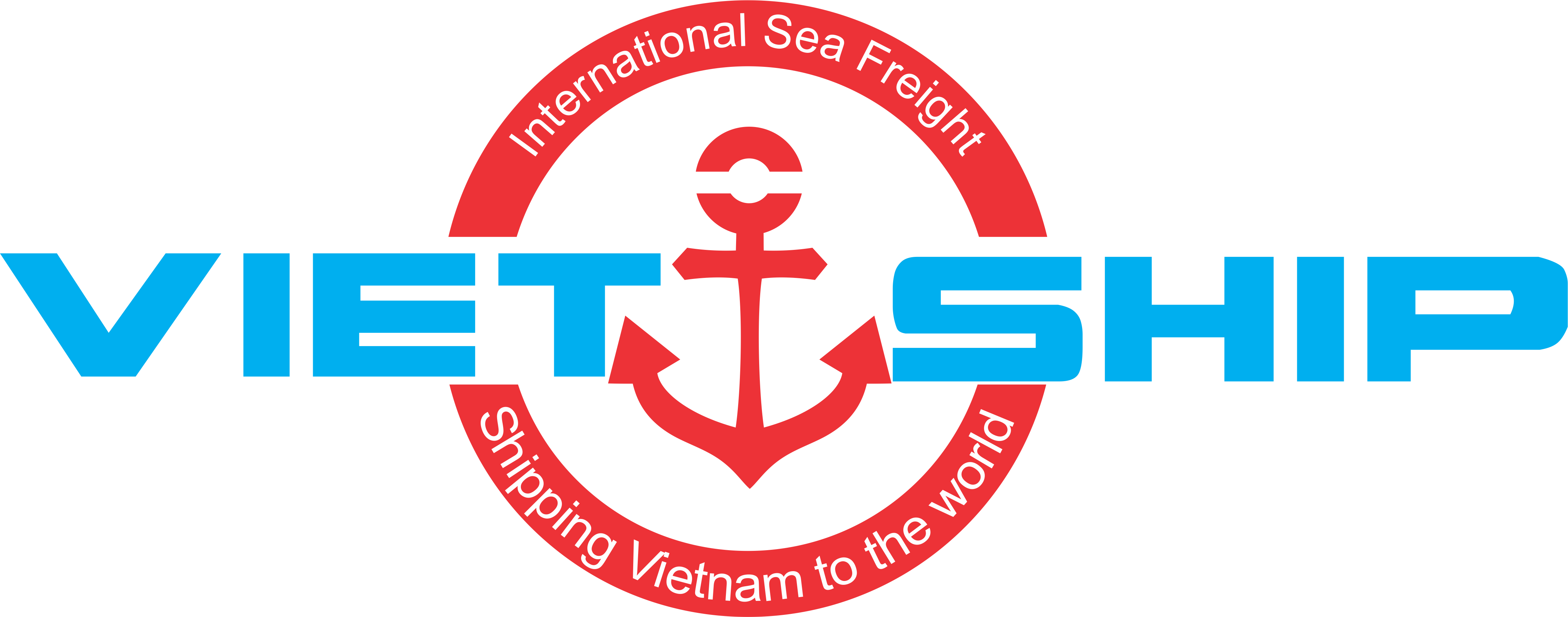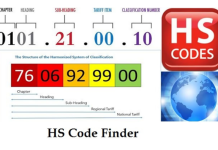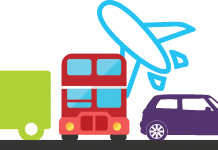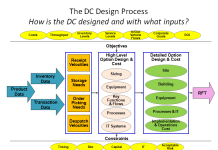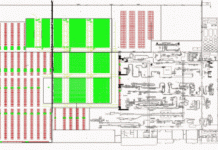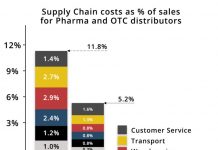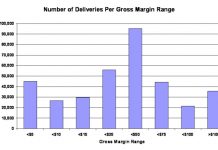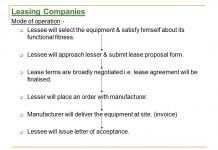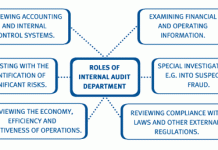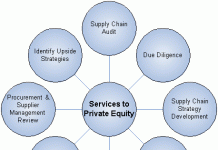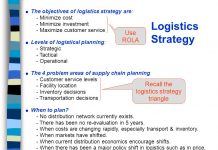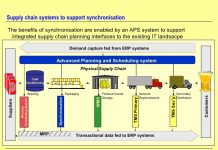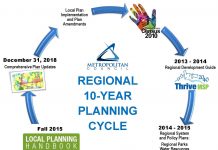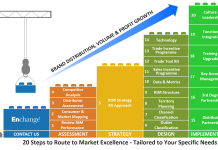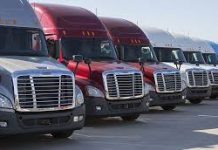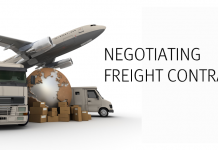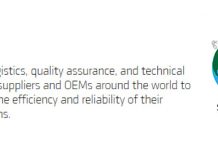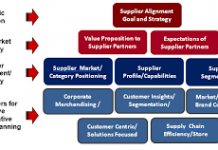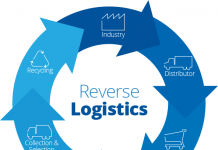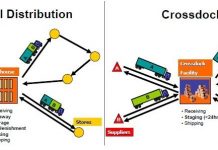Table of Contents
Supply Chain – 7 areas (Part 2)
Supply Chain has 7 primary functional areas: Purchasing, Manufacturing, Inventory Management, Demand Planning, Warehousing, Transportation, and Customer Service. These areas may appear to be independent functions, but in an efficient supply chain, they must interact to a great degree and are very dependent upon one another.

Warehousing: Performance of administrative and physical functions associated with the storage of goods and materials. These functions include receipt, identification, inspection, verification, putting away, retrieval for issues, etc. Businessdictionary.com.
While many people view the function of warehousing as the simple process of storing products, it has evolved into a function that does more than that. In today’s world of mass customization, the warehouse has evolved into a distribution center, and even a facility to customize the final product via repacking, labeling, or other physical conversion. The importance of these facilities has grown as it’s the final “stop” before moving to the customer. Proper handling, storage, and management of the products within these facilities must occur so that customer orders can be fulfilled with the right product at the right time.
Transportation: is the movement of people, animals, and goods from one location to another. Modes of transport include air, rail, road, water, cable, pipeline, and space. The field can be divided into infrastructure, vehicles, and operations. Transport is important because it enables trade between persons, which is essential for the development of civilizations. Wikipedia
The transportation function is critical to the supply chain because it is where the rubber literally meets the road. A company can have the right product at the right warehouse at the right time, but without transportation, it won’t make it to the customer at the right time. In today’s global economy, this function is even more critical as its no longer as easy as putting a product on a truck and having it delivered. Now it might be shipped via container ship, airplane, train, truck, or even Uber car before arriving at the customer. Companies have to evaluate the many different dimensions of each option such as cost, speed, reliability, and ability to service when deciding which to utilize.
Customer Service: The process of ensuring customer satisfaction with a product or service. Often, customer service takes place while performing a transaction for the customer, such as making a sale or returning an item. Customer service can take the form of an in-person interaction, a phone call, self-service systems, or by other means. Investopedia.com
While the customer service function appears to be at the end of the supply chain, it is definitely not the end of the process. This function is critical in that it works to meet the needs of the customer and ensure the customer receives what they want when they want it. This function is sometimes the only point of contact a customer has with a customer so it’s imperative that they have the skills and knowledge to understand a customer’s needs..and to meet those needs when possible.
More
